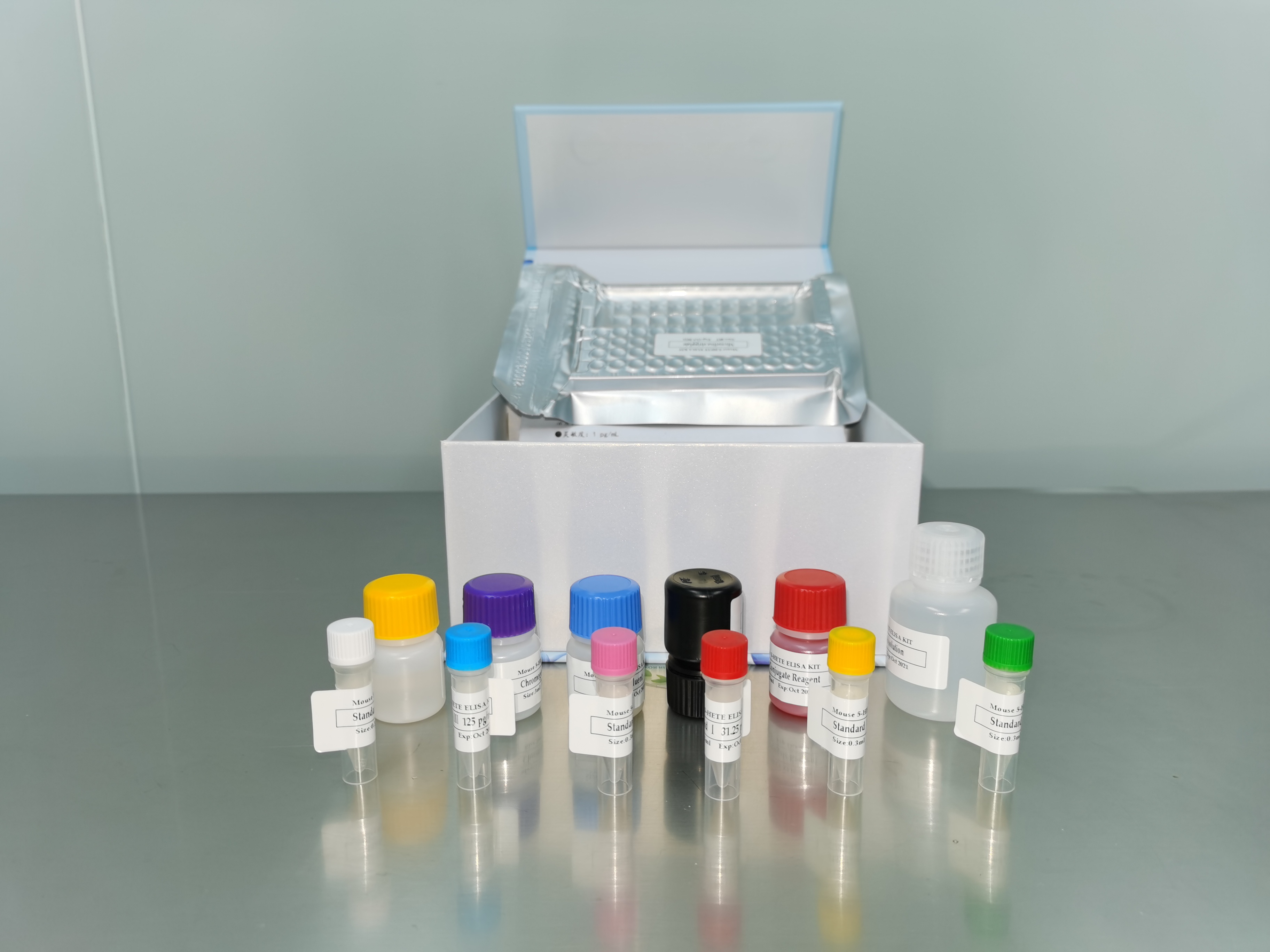| 产品名称: | Tetrahymena sp. |
|---|---|
| 商品货号: | TS132937 |
| Strain Designations: | LB 1 |
| Biosafety Level: | 1
Biosafety classification is based on U.S. Public Health Service Guidelines, it is the responsibility of the customer to ensure that their facilities comply with biosafety regulations for their own country. |
| Isolation: | Lake Beatrice, near Elgin, IL, 1971 |
| Product Format: | test tube |
| Type Strain: | no |
| Comments: | amicronucleate |
| Medium: | ATCC® Medium 357: Tetrahymena medium |
| Growth Conditions: | Max Temperature: 27.0°C Min Temperature: 15.0°C Duration: axenic |
| Cryopreservation: | RM-9 Media for cryopreservation of Tetrahymena Proteose Peptone (Difco 0120) xa0xa0xa0xa0xa0xa0xa0xa0xa0xa0xa0xa0xa0xa0xa0xa0xa0xa0xa0xa0xa0xa0xa0xa0xa0xa0xa0xa0xa0xa0xa0xa0xa0xa0xa0 5.0 g Tryptone xa0xa0xa0xa0xa0xa0xa0xa0xa0xa0xa0xa0xa0xa0xa0xa0xa0xa0xa0xa0xa0xa0xa0xa0xa0xa0xa0xa0xa0xa0xa0xa0xa0xa0xa0xa0xa0xa0xa0xa0xa0xa0xa0xa0xa0xa0xa0xa0xa0xa0xa0xa0xa0xa0xa0xa0xa0xa0xa0xa0xa0xa0xa0xa0xa0xa0xa0xa0xa0xa0xa0xa0xa0xa0xa0xa0 5.0 g K2HPO4xa0xa0xa0xa0xa0xa0xa0xa0xa0xa0xa0xa0xa0xa0xa0xa0xa0xa0xa0xa0xa0xa0xa0xa0xa0xa0xa0xa0xa0xa0xa0xa0xa0xa0xa0xa0xa0xa0xa0xa0xa0xa0xa0xa0xa0xa0xa0xa0xa0xa0xa0xa0xa0xa0xa0xa0xa0xa0xa0xa0xa0xa0xa0xa0xa0xa0xa0xa0xa0xa0xa0xa0xa0xa0xa0xa0xa0xa0xa0xa0xa0xa0xa0xa0xa0xa0xa0xa0xa0xa0xa0xa0xa0xa0xa0xa0xa0xa0xa0xa0xa0xa0xa0xa0xa0xa0xa0xa0xa0xa0xa0xa0xa0xa0xa0xa0xa0xa0xa0 0.2 g Glucose xa0xa0xa0xa0xa0xa0xa0xa0xa0xa0xa0xa0xa0xa0xa0xa0xa0xa0xa0xa0xa0xa0xa0xa0xa0xa0xa0xa0xa0xa0xa0xa0xa0xa0xa0xa0xa0xa0xa0xa0xa0xa0xa0xa0xa0xa0xa0xa0xa0xa0xa0xa0xa0xa0xa0xa0xa0xa0xa0xa0xa0xa0xa0xa0xa0xa0xa0xa0xa0xa0xa0xa0xa0xa0xa0xa0xa0 1.0 g Liver extractxa0xa0xa0xa0xa0xa0xa0xa0xa0xa0xa0xa0xa0xa0xa0xa0xa0xa0xa0xa0xa0xa0xa0xa0xa0xa0xa0xa0xa0xa0xa0xa0xa0xa0xa0xa0xa0xa0xa0xa0xa0xa0xa0xa0xa0xa0xa0xa0xa0xa0xa0xa0xa0xa0xa0xa0xa0xa0xa0xa0xa0xa0xa0xa0xa0xa0xa0xa0xa0xa0xa0 0.1 g Glass distilled waterxa0xa0xa0xa0xa0xa0xa0xa0xa0xa0xa0xa0xa0xa0xa0xa0xa0xa0xa0xa0xa0xa0xa0xa0xa0xa0xa0xa0xa0xa0xa0xa0xa0xa0xa0xa0xa0xa0xa0xa0xa0xa0xa0xa0xa0xa0xa0xa0xa0xa0xa0xa0xa0xa0xa0xa0 1.0 L Dissolve components in glass distilled H2O and autoclave. Drylx92s Salt Solution 0.1 M NaH2PO4 .xa0 3H20xa0xa0xa0xa0xa0xa0xa0xa0xa0xa0xa0xa0xa0xa0xa0xa0xa0xa0xa0xa0xa0xa0xa0xa0xa0xa0xa0xa0xa0xa0xa0xa0xa0xa0xa0xa0xa0xa0xa0xa0xa0xa0xa0xa0xa0xa0xa0xa0xa0xa0xa0xa0xa0xa0xa0xa0xa0xa0xa0xa0xa0xa0xa0xa0xa0xa0xa0xa0xa0xa0xa0xa0xa0xa0xa0xa0xa0 10.0 ml 0.1 M Na2HPO4 . xa07H20xa0xa0xa0xa0xa0xa0xa0xa0xa0xa0xa0xa0xa0xa0xa0xa0xa0xa0xa0xa0xa0xa0xa0xa0xa0xa0xa0xa0xa0xa0xa0xa0xa0xa0xa0xa0xa0xa0xa0xa0xa0xa0xa0xa0xa0xa0xa0xa0xa0xa0xa0xa0xa0xa0xa0xa0xa0xa0xa0xa0xa0xa0xa0xa0xa0xa0xa0xa0xa0xa0xa0xa0xa0xa0xa0xa0xa0 10.0 ml 0.1 M Sodium citrate . 2H20 xa0xa0xa0xa0xa0xa0xa0xa0xa0xa0xa0xa0xa0xa0xa0xa0xa0xa0xa0xa0xa0xa0xa0xa0xa0xa0xa0xa0xa0xa0xa0xa0xa0xa0xa0xa0xa0xa0xa0xa0xa0 15.0 ml 0.1 M CaCl2 .xa0 2H20xa0xa0xa0xa0xa0xa0xa0xa0xa0xa0xa0xa0xa0xa0xa0xa0xa0xa0xa0xa0xa0xa0xa0xa0xa0xa0xa0xa0xa0xa0xa0xa0xa0xa0xa0xa0xa0xa0xa0xa0xa0xa0xa0xa0xa0xa0xa0xa0xa0xa0xa0xa0xa0xa0xa0xa0xa0 15.0 ml Distilled waterxa0xa0xa0xa0xa0xa0xa0xa0xa0xa0xa0xa0xa0xa0xa0xa0xa0xa0xa0xa0xa0xa0xa0xa0xa0xa0xa0xa0xa0xa0xa0xa0xa0xa0xa0xa0xa0xa0xa0xa0xa0xa0xa0xa0xa0xa0xa0xa0xa0xa0xa0xa0xa0xa0xa0xa0xa0xa0xa0xa0xa0xa0 950.0 ml Add the first 3 components to the distilled H2O and mix thoroughly. Add the CaC12 xa0solution and mix thoroughly. (Adding the solutions in the order indicated will avoid the precipitation of Ca salts.) 1.xa0 Transfer tetrahymena from usual growth medium to RM-9 medium and allow to grow to near peak density. 2.xa0xa0 Harvest cells from a culture by centrifugation at 300 x g for 2 min.xa0xa0xa0xa0xa0xa0xa0xa0xa0xa0 3.xa0xa0 Adjust concentration of cells to 2 x 106/ml in fresh xa0xa0xa0xa0xa0 medium. 4.xa0xa0 While cells are centrifuging, prepare a 22% (v/v) sterile solution of sterile DMSO in fresh medium. a) Add 2.2 ml of DMSO to an ice cold 20 x 150 mm screw-capped test tube; b) Place the tube on ice and allow the DMSO to solidify (~5 min) and then add 7.8 ml of ice cold medium; c) Invert several times to dissolve the DMSO; d) Allow to warm to room temperature. 5.xa0xa0 Add a volume of the DMSO solution equal to the cell xa0xa0xa0xa0xa0 suspension volume but add in 3 equal aliquots at 2 min xa0xa0xa0xa0xa0 intervals. Thus, the final concentration of the preparation xa0xa0xa0xa0xa0 will equal 11% (v/v) DMSO and 106 cells /ml. 6.xa0xa0 Dispense in 0.5 ml aliquots into 1.0 - 2.0 ml sterile plastic xa0xa0xa0xa0xa0 screw-capped cryules (special plastic vials for xa0xa0xa0xa0xa0 cryopreservation). 7.xa0xa0 Place the ampules in a controlled rate freezing unit. The cooling cycle should be initiated no less than 15 min and no longer than 60 min after the addition of the DMSO to the cell preparation. From room temperature cool at -1°C/min to -40°C. If freezing unit can compensate for the heat of fusion, maintain rate at -1°C/min through heat of fusion. Atxa0 -50°C ampules are plunged into liquid nitrogen. 8.xa0xa0 Store in the vapor or liquid phase of a nitrogen xa0xa0xa0xa0xa0 refrigerator. 9.xa0xa0 To establish a culture from the frozen state aseptically add 0.5 ml sterile Dryls Salt Solution to an ampule. Immediately place the ampule in a 35°C water bath, until thawed (2-3 min).xa0 Immerse the ampule just sufficient to cover the frozen material. Do not agitate the ampule. 10. Immediately after thawing, aseptically remove the contents of the ampule and inoculate into 5.0 ml of fresh medium in a 16 x 125 mm screw-capped test tube with a slightly loosened cap. Incubate at 25°C. CRYOPRESERVATION: Alternative Thawing Procedure xa01.xa0 Asepticallyxa0 add 0.5 ml of sterile modified PYNFH medium (ATCC Medium 1034) containing 8% (w/v) sucrose to the ampule.xa0 Immediately, place in a 35°C water bath, until thawed. Immerse the ampule just sufficient to cover the frozen material. Do not agitate the ampule. 2.xa0xa0 Immediately after thawing, aseptically remove the contents of the ampule and gently add the material to the edge of a 20 x 100 mm petri plate containing ATCC Medium 919 (non-nutrient agar) and position on a 15 degree slant. xa0The cell suspension will pool at the edge of the plate. 3.xa0xa0 Continue to double the volume of the cell suspension at 10 minute intervals by adding ATCC medium 1034) containing 4% sucrose (w/v). xa0When the volume reaches 16.0 ml place the plate in horizontal position and incubate at 25°C.xa0 4.xa0xa0 On the following day, gently remove the cell suspension for the plate and transfer to a T-25 tissue culture flask. xa0Note the volume of the suspension and add a volume of fresh medium containing 4% sucrose equal to the volume of xa0the cell suspension. xa0Incubate the culture at 25°C. 5.xa0xa0 After culture has been established subculture into fresh xa0xa0xa0xa0xa0 normal medium without sucrose.xa0 |
| Name of Depositor: | DL Nanney, EM Simon |
| Chain of Custody: | ATCC < |
| Year of Origin: | 1971 |
| References: | Meyer EB, Nanney DLIsozymes in the ciliated protozoan TetrahymenaIn: Meyer EB, Nanney DLIsozymes: Current topics in biological and medical research13New YorkAlan R. Liss Inc.61-101, 1987 |


